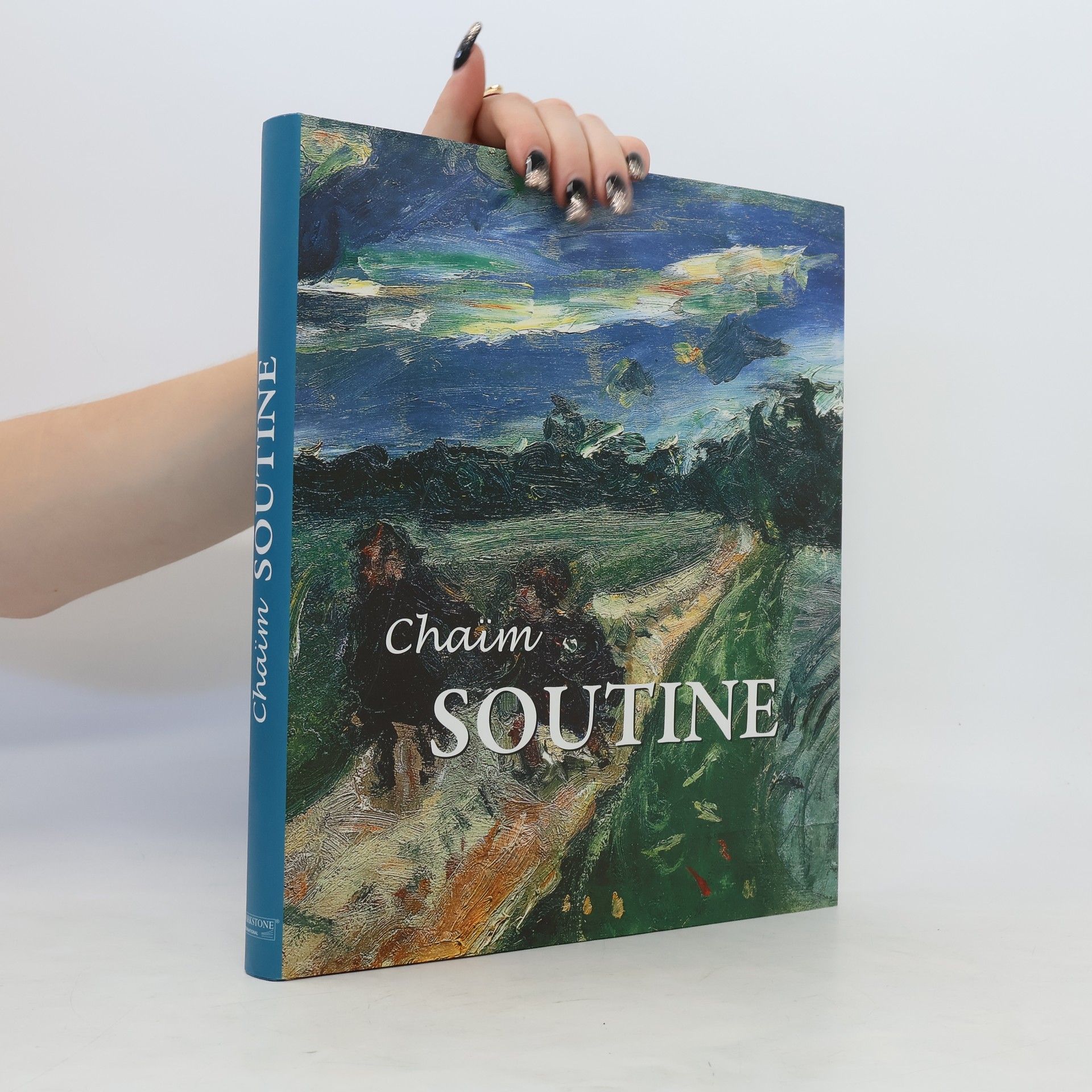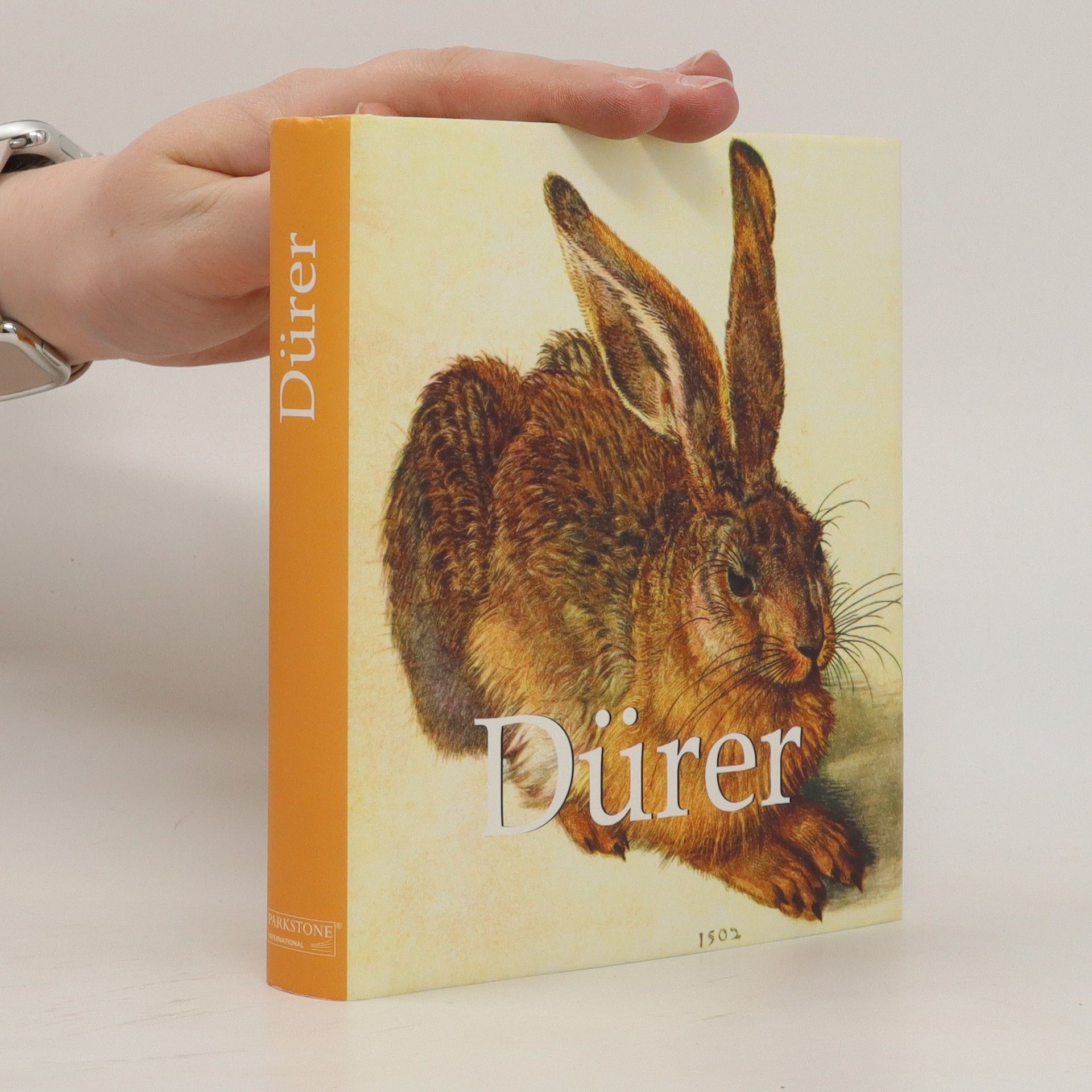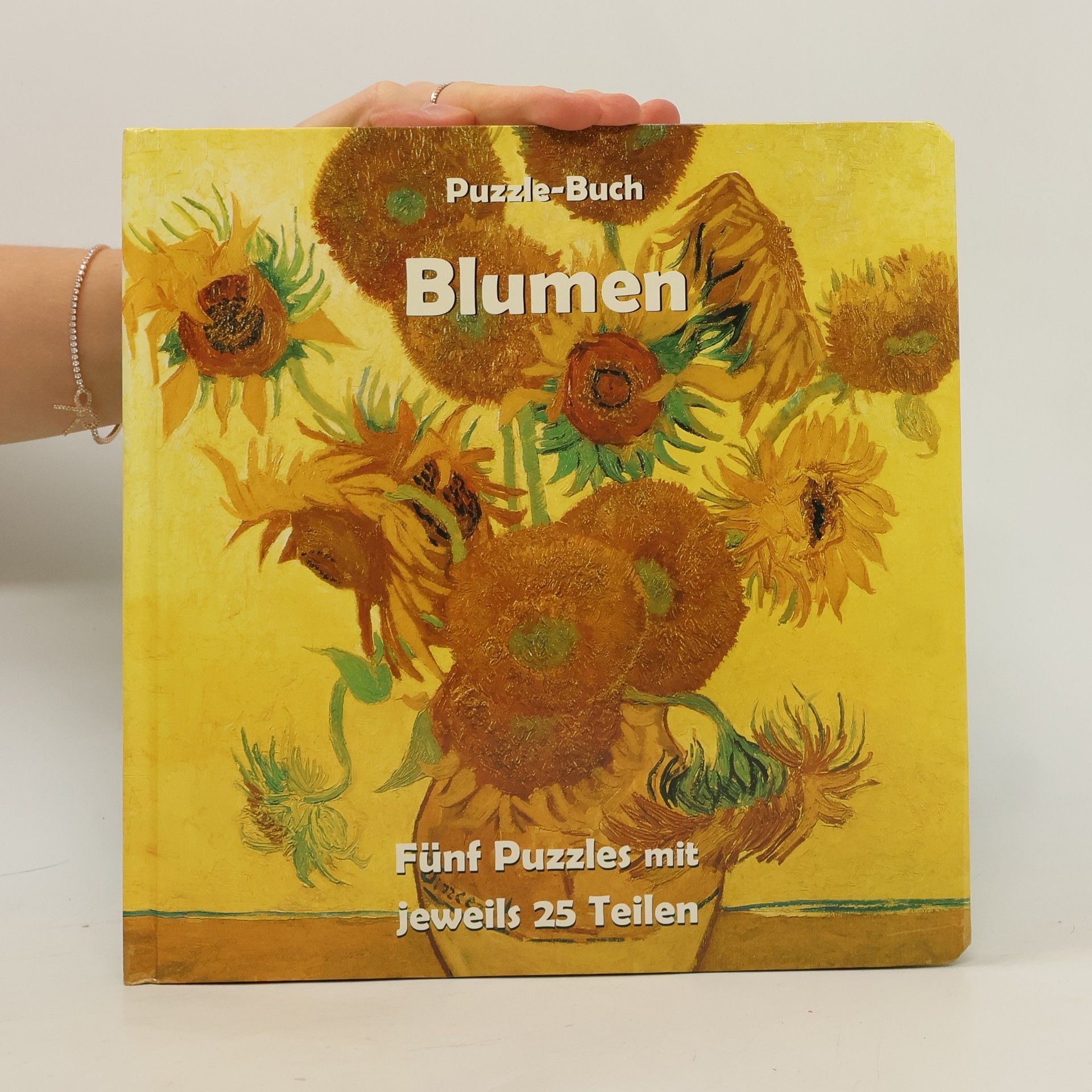Chaïm Soutine (1893-1943), der unkonventionelle und umstrittene Maler aus Weißrussland, vereint Einflüsse der klassischen europäischen Malerei mit denen des Post-Impressionismus und des Expressionismus. Als Mitglied der Künstler aus Weißrussland, einer Gruppe innerhalb der École de Paris, schuf er ein Werk, das hauptsächlich aus Landschaften, Stillleben und Porträts besteht. Sein individueller Stil, der sich durch Humor und Trauer und den Gebrauch von leuchtenden Farben auszeichnet, machen ihn zu einem modernen Meister, der immer noch wenig verstanden ist. Klaus H. Carl, Schriftsteller, Professor und Fotograf, ist der Autor zahlreicher Bücher und Artikel. Er widmet sich gerade dem Bildband Weltgeschichte der 180000 v. Chr. -- 2000 n. Chr.
Klaus H. Carl Book order
Klaus H. Carl is the author of numerous works exploring the history of great cities, and is also a renowned photographer of flora and fauna. A teacher by profession, he is currently dedicated to a monumental history of art. His literary contributions blend a deep appreciation for urban historical narratives with a keen eye for the natural world, offering readers a unique perspective across diverse subjects.

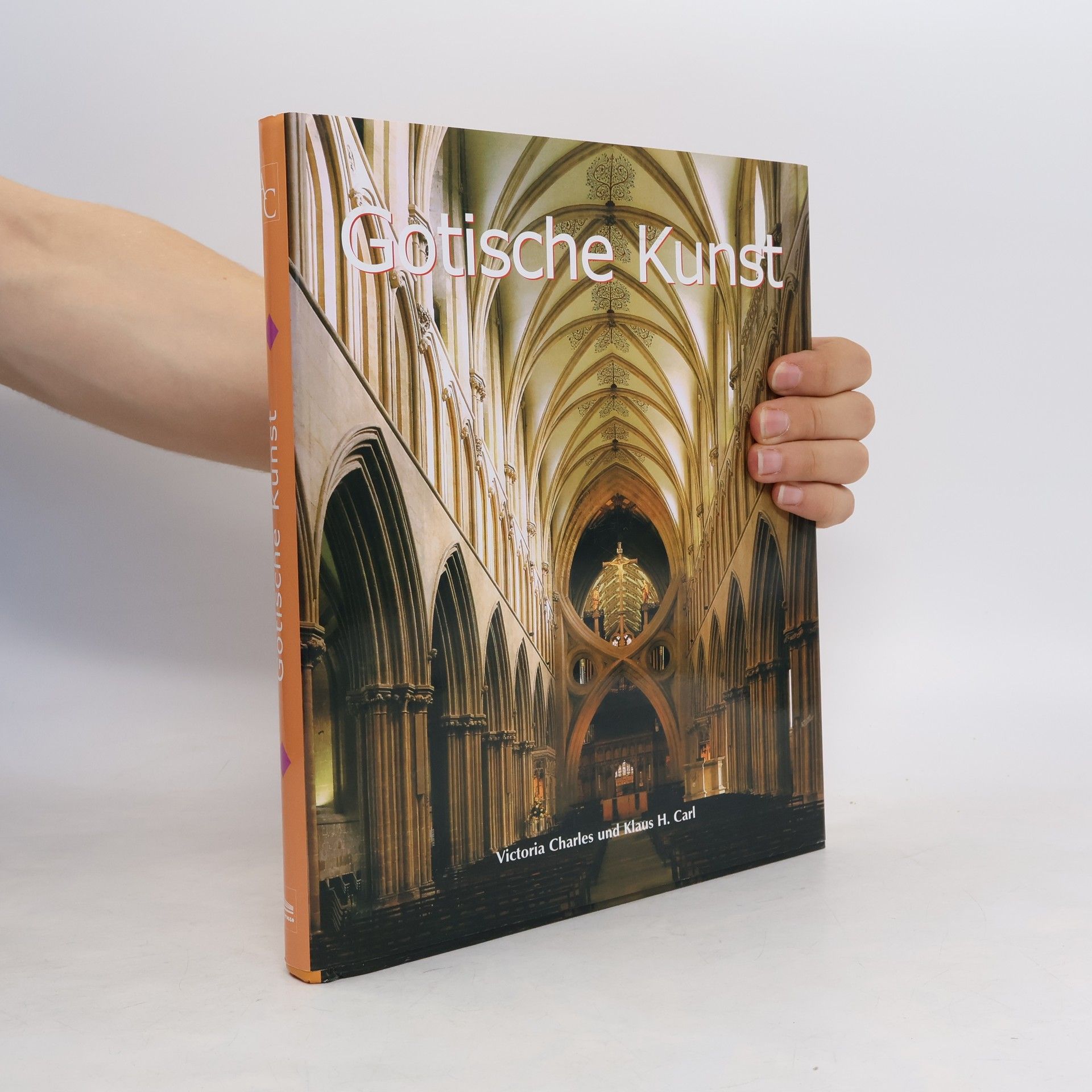
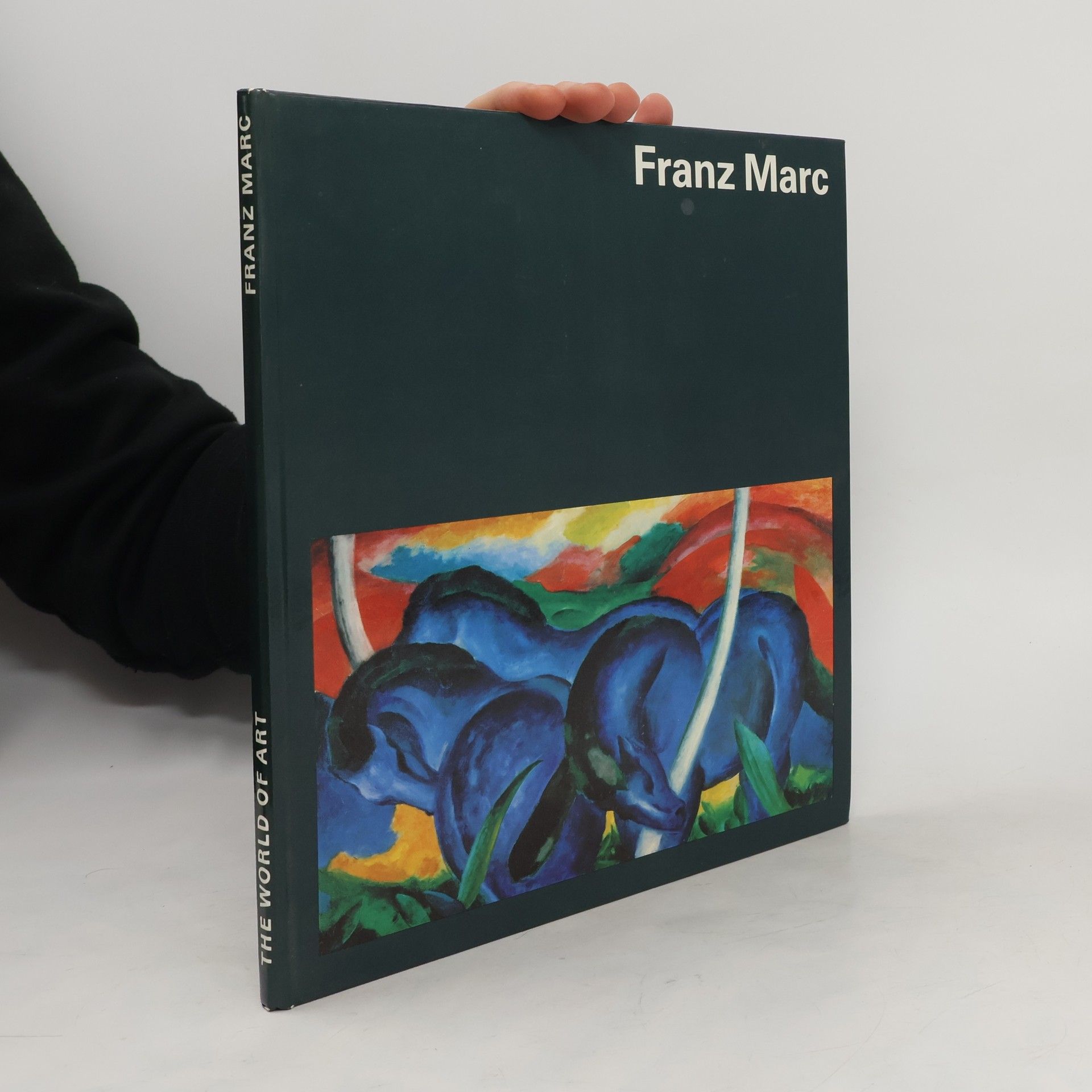

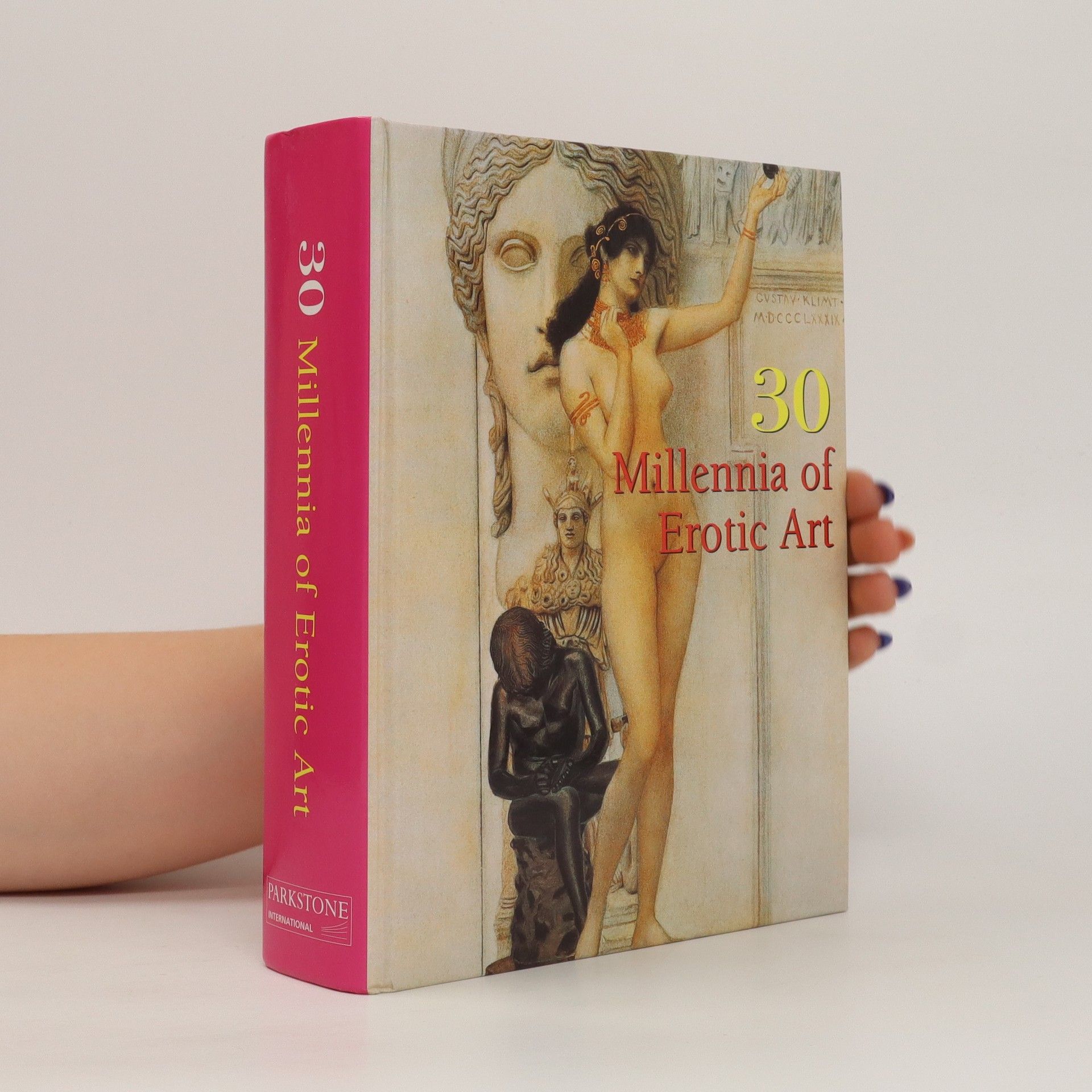
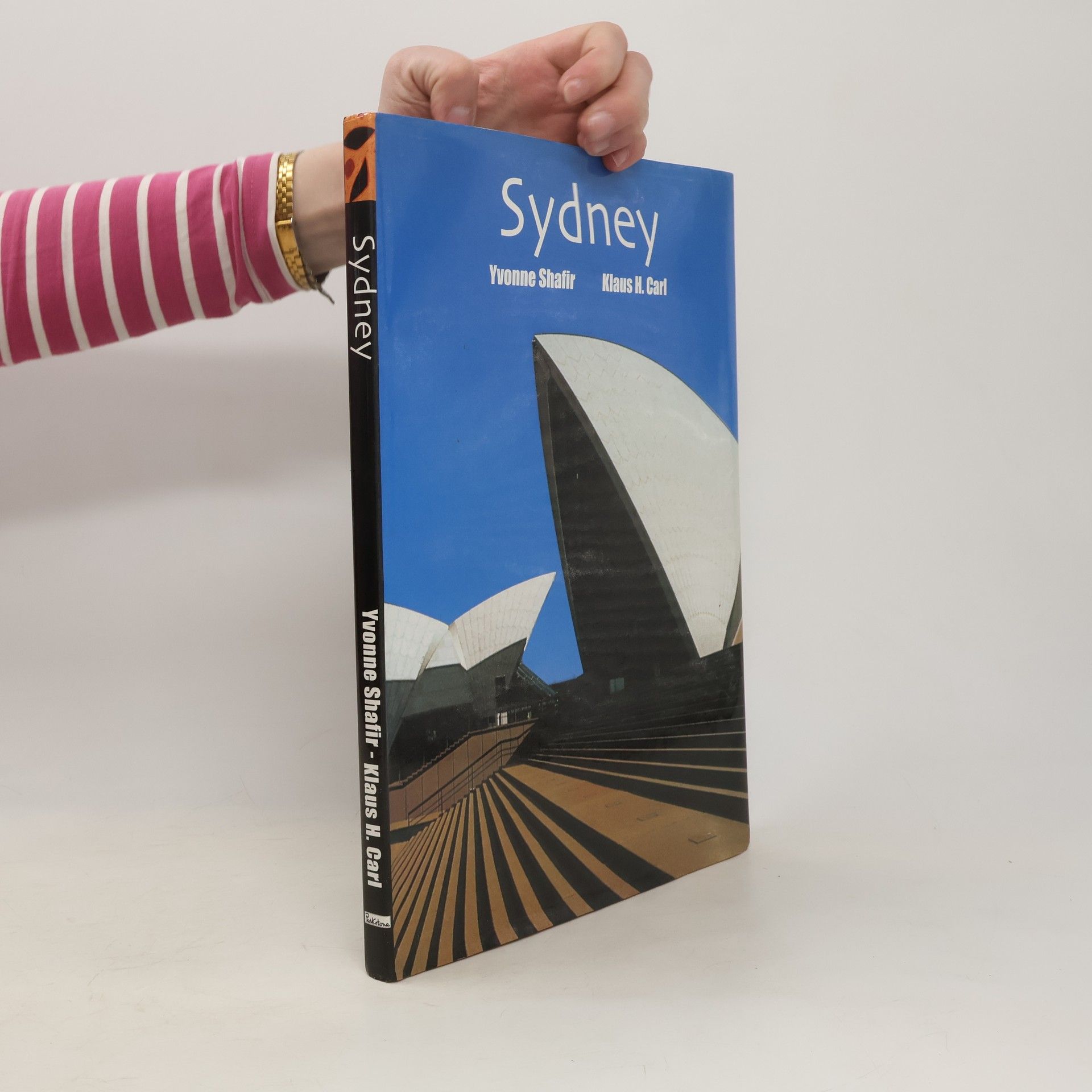
- 2015
- 2014
- 2013
- 2012
From the thousand-year-old statues celebrating fertility to the odalisques of the modern painters, erotic art has always held a prominent place in society, whatever their morals or cultural references.This work has assembled one thousand images of erotic artworks, from all times and all continents, to illustrate how the representation of these pleasures of the flesh testifies to the evolution of different civilisations and their histories. While eroticism and sexuality are at the forefront of today’s advertising and media, this book offers an exceptional view into the archives of erotic imagery and emphasises the artistic value of these magnificently sinful illustrations.
- 2012
- 2011
The Viennese secession
- 199 pages
- 7 hours of reading
"A symbol of modernity, the Viennese Secession was defined by the rebellion of twenty artists who were against the conservative Vienna Künstlerhaus' oppressive influence over the city, the epoch, and the whole Austro-Hungarian Empire. Influenced by Art Nouveau, this movement (created in 1897 by Gustav Klimt, Carl Moll, and Josef Hoffmann) was not an anonymous artistic revolution. Defining itself as a "total art", without any political or commercial constraint, the Viennese Secession represented the ideological turmoil that affected craftsmen, architects, graphic artists, and designers from this period."--P.4 of dust jacket.
- 2010
Puzzle-Buch: Blumen
Fünf Puzzles mit jeweils 25 Teilen
- 2008
- 2000
- 2000
Sydney
- 96 pages
- 4 hours of reading
Captain Cook sighted Sydney's harbour in 1770 and named it Port Jackson. 18 years later Captain Arthur Phillip arrived with 11 ships carrying convicts from Britain. He named the settlement Sydney Cove, in honor of Lord Sydney, the British Home Secretary. Sydney has grown rapidly to become a glamorous international city boasting some of the best the world has to offer. The city now embraces a rich multicultural community that totals almost four million people. With its spectacular harbor and vibrant culture, Sydney is a world class city offering something for everyone. The Olympic Games of the year 2000 are taking place in Sydney.
